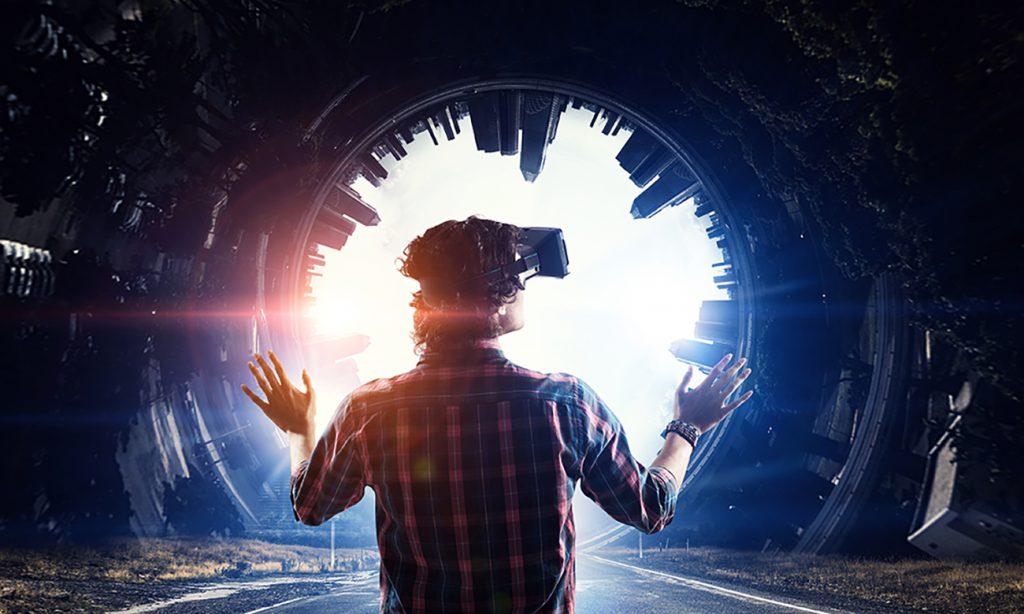"Why shouldn't people be able to teleport wherever they want?" asked Palmer Luckey. Now they can – in virtual reality, thanks to his design of Oculus VR, a high definition virtual reality head-mounted display. They can visit their dream travel destinations or explore completely dreamt up worlds. Using Google’s low-cost Cardboard headsets, a child in Africa can go on a virtual field trip. And Microsoft has just taken it to another level with HoloLens, which provides a mixed reality experience where high definition holograms interact with the real world.
While virtual reality allows us to ‘see’ far more, what are we not ‘seeing’? Are we in danger of getting swept up in using new technology, just because we can? Would stopping to question how we’re using virtual reality lead us to discover that we’ve overlooked its true potential?
In today’s digital age, we are becoming inundated with big data and this body of data is only going to grow exponentially in future. Professor at the University of California, San Franciso, School of Medicine, Atul Butte said: “Hiding within those mounds of data is knowledge that could change the life of a patient, or change the world.”
One of the biggest challenges for our industry (and many others) is making sense of big data. What’s clear is that we can’t rely on traditional approaches. This is where virtual reality comes in…
 Just imagine if we could pick up the data on all vehicle movements in a city... and what if we could also collect data on the volume of traffic that is on the roads, the velocity and the acceleration and deceleration of every vehicle, and the number of people that are in each car.
Just imagine if we could pick up the data on all vehicle movements in a city... and what if we could also collect data on the volume of traffic that is on the roads, the velocity and the acceleration and deceleration of every vehicle, and the number of people that are in each car.
How could we represent that data in a way that makes sense to the human brain? How can we make the inter-dependences and interactions between this data clear and meaningful? The solution is certainly not a spreadsheet!
Traditionally, when we do a traffic analysis, we do it on a bit by bit basis. Big data allows whole data sets to be viewed at the same time and the consequences of one optimisation to be seen elsewhere. Wouldn’t it be great if we could ‘see’ the interactions between big data sets? Imagine being immersed in a virtual city where the number of people in each car is shown on a heat map? What if you could see trends, patterns and inconsistencies? Universities, such as the University of Technology Sydney, are developing data arenas with 360° screens that enable data visualisation in an immersive environment.
And if teams could not only see, but interact, with a design at a data arena early in a project, how much time and effort would we save then? How much better would our designs be? Which previously unworkable problems will we now be able to solve?
As new technologies continue to disrupt our industry, the future of design is unclear. But if we can use virtual reality to understand big data, just imagine what we might be able to see that we’ve never been able to see before. And if we can bring together diverse teams to explore new ideas and design in an immersive, digital environment, who knows what solutions we might uncover?








 As an engineer,
As an engineer,